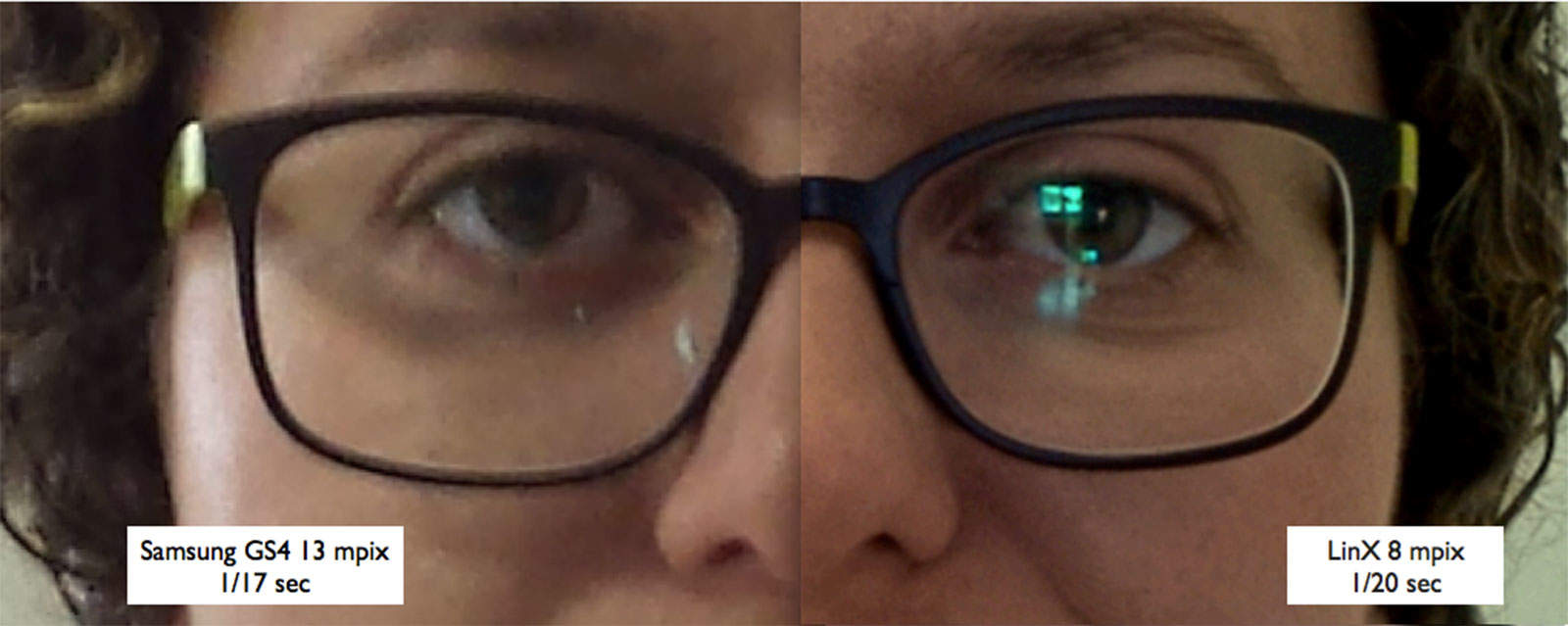If the pictures “Shot on the iPhone 6” were impressive, a dual-camera iPhone 7 could have the photography world again licking its chops.
Just how much further the technical quality could go with smartphone images is a future found in the work of an Israeli company called LinX Imaging, which happened to get purchased by Apple last year.
This week, KGI securities analyst Ming-Chi Kuo told investors Apple was working on a couple of different iPhone 7 models, including one with a dual-camera setup that likely will be marketed toward serious photographers. Kuo said the photographer’s handset would be more expensive and, at first, in short supply. He even floated the possibility that this iPhone 7 could have a true optical zoom lens.
Last spring, we were pretty happy with what we saw coming out of the iPhone 6. Apple launched a global campaign featuring photos “Shot on the iPhone 6” that were scaled up to billboard size and larger, and we marveled.
While we were scraping together the money to buy the newest iPhone, Apple was closing a $20 million deal to purchase LinX, a startup founded in 2011. Cupertino declined to shed light on the purchase, but we can connect the dots.
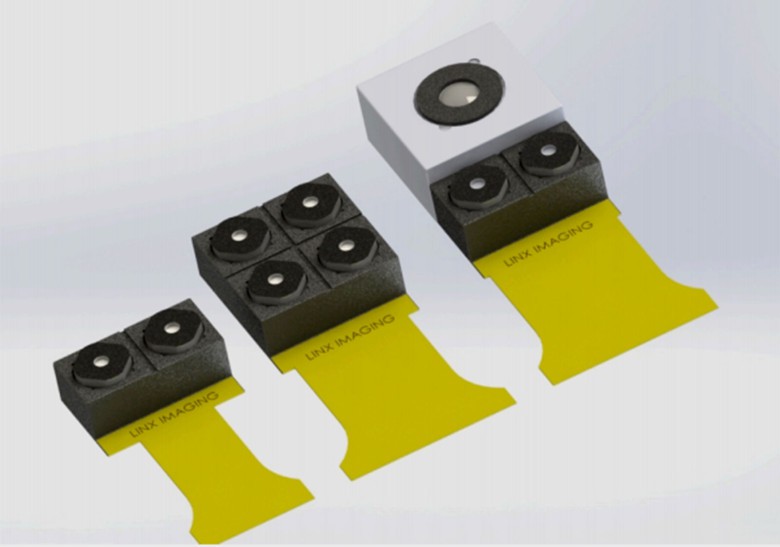
Photo: LinX Imaging
LinX’s work in array camera technology, summed up in an illustrated report that is archived on the internet, will send the reader on several Google searches to understand the terminology associated with digital imaging.
Most of us just care whether we can make a decent picture. But even if the concepts are difficult to grasp, the pictures in the 2014 report will give you the gist of the story: image quality from future iPhones is about to get even better.
Array camera technology is the use of multi-aperture cameras (mobile devices tend to have single aperture cameras) to improve image quality. Prior to acquisition, LinX developed algorithms and a camera architecture that boosted resolution, performed better in low light and rendered truer colors.
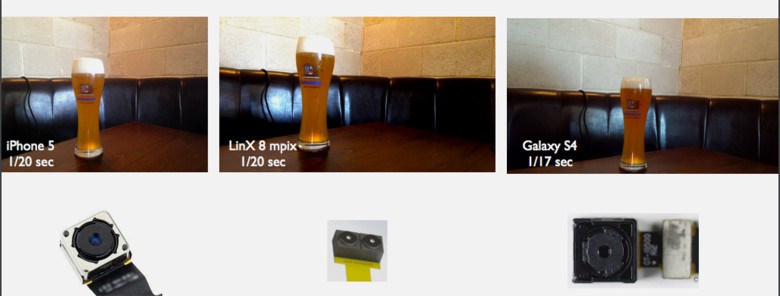
Photo: LinX Imaging
One image from two 4-megapixel cameras looked better than an image from one 8-megapixel camera.
In tests against the iPhone 5s and the Samsung Galaxy S4, the LinX images were sharper and brighter. There was also less crosstalk, or noise, a phenomenon when photons (particles of light) falling on one pixel is falsely sensed by surrounding pixels.
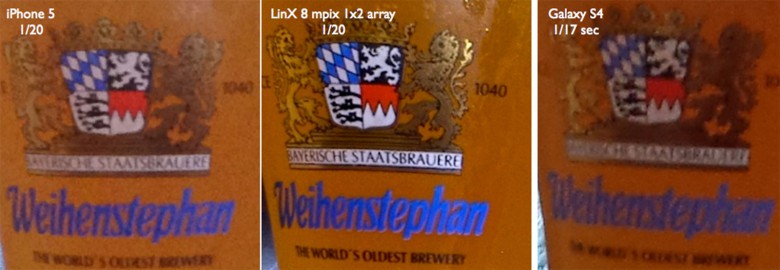
Photo: LinX Imaging
The dual-camera system, combined with whatever magic software LinX came up with, recorded more photons and appeared to be less sensitive to the so-called crosstalk of pixels.
The two LinX cameras side-by-side compared to the 5s camera were thinner, thus being ideal for a slimmer handset. It had developed a camera system with two 5-megpixel sensors that the report authors said cost 50 percent less to make than the cameras found in the 5s or Galaxy S4.
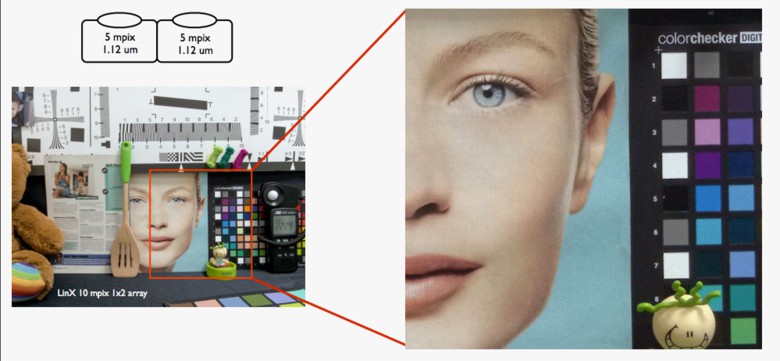
Photo: LinX Imaging
While the report mentions nothing about optical zooms (maybe another company associated with Apple is working on this), LinX discovered something else about the two-camera system: it could produce accurate depth maps in a single frame, which is critical in 3D imaging.
LinX demonstrated how depth information from each pixel allowed its team to create 3D point clouds, that could be combined with other pictures captured from different angles to create a 3D model.
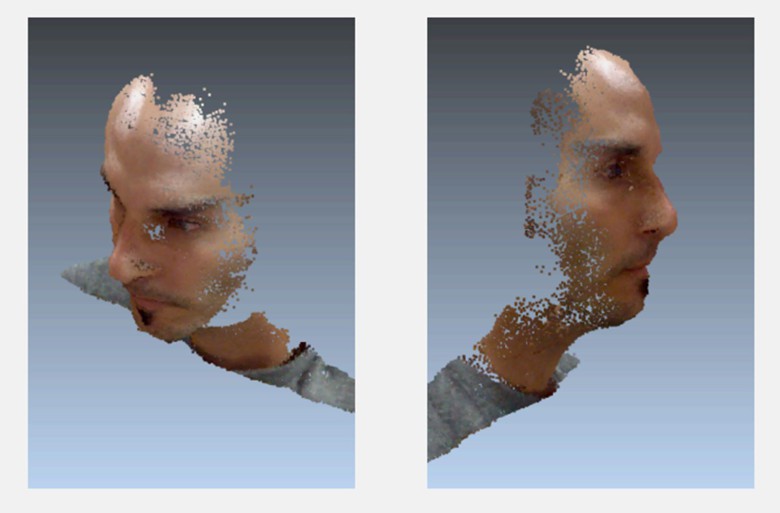
Photo: LinX Imaging
How much future iPhone cameras look like those found in the online report remains to be seen. Now almost two years old, the technology could be further along.
In 2015, Flickr used EXIF data on pictures to discover the iPhone has surpassed camera giants Canon and Nikon as the most popular camera among the photo-sharing site’s 112 million users. That and iPhone 6 sales, probably due to the ad campaign, already added up to a pretty big year for the iPhone camera.
But if a dual-camera iPhone debuts and does what the technology promises, the LinX deal could be the most significant photography milestone for Apple last year – and years to come.
